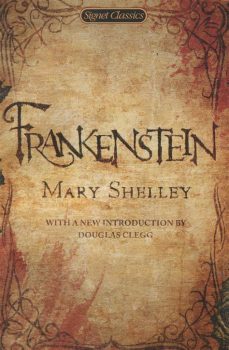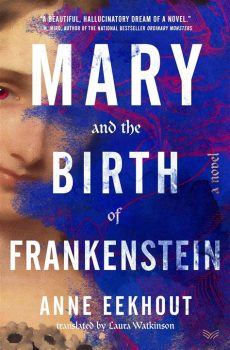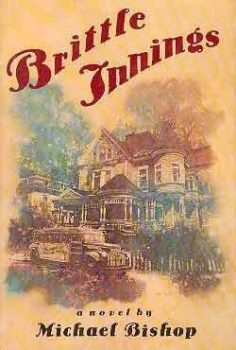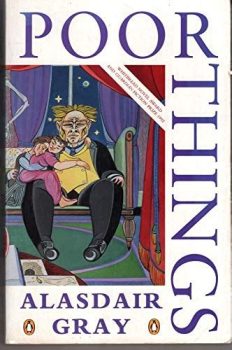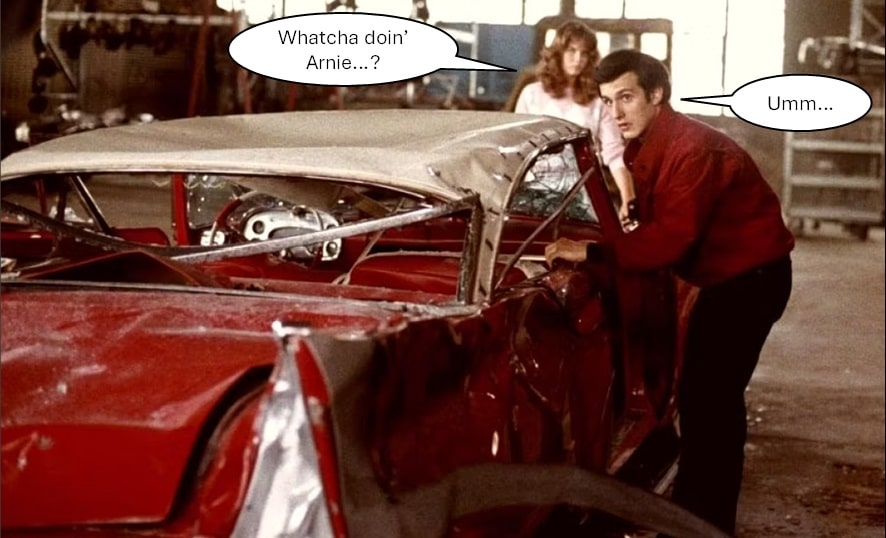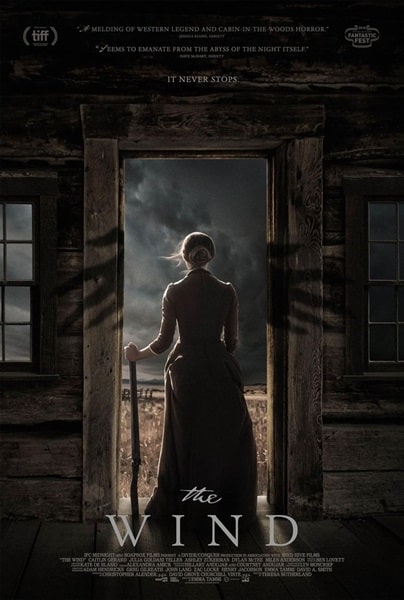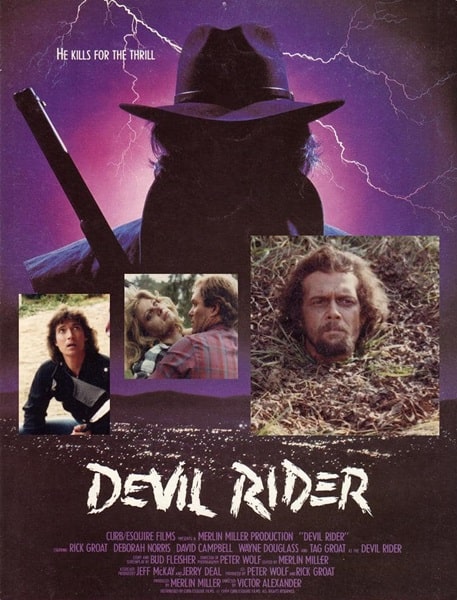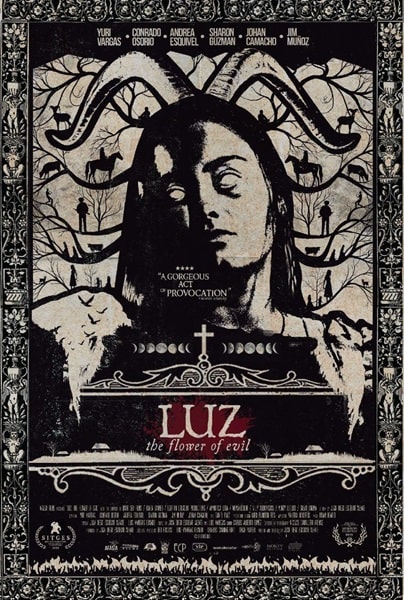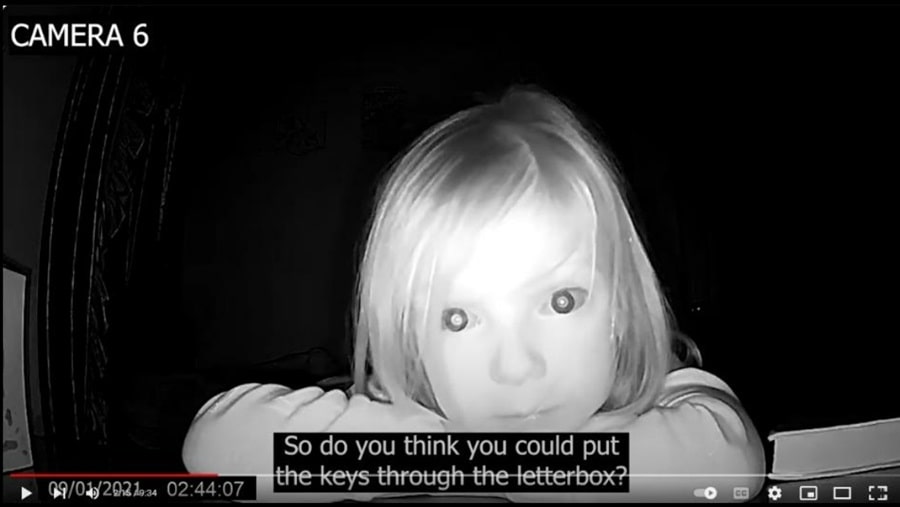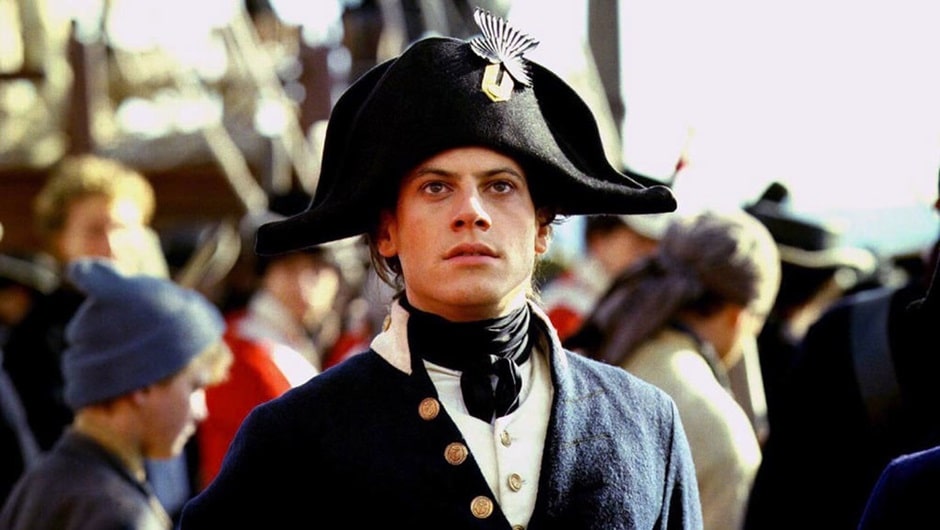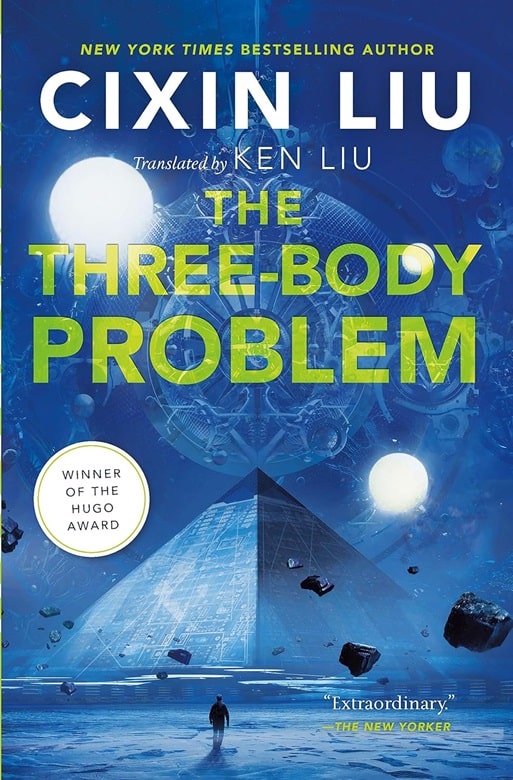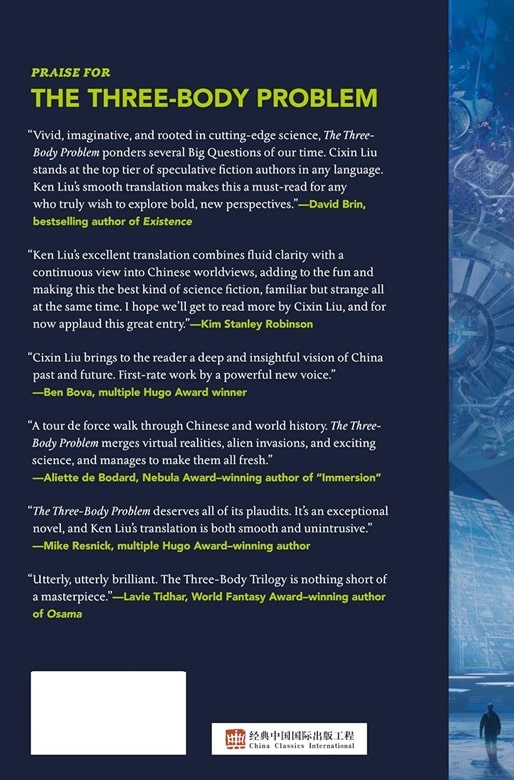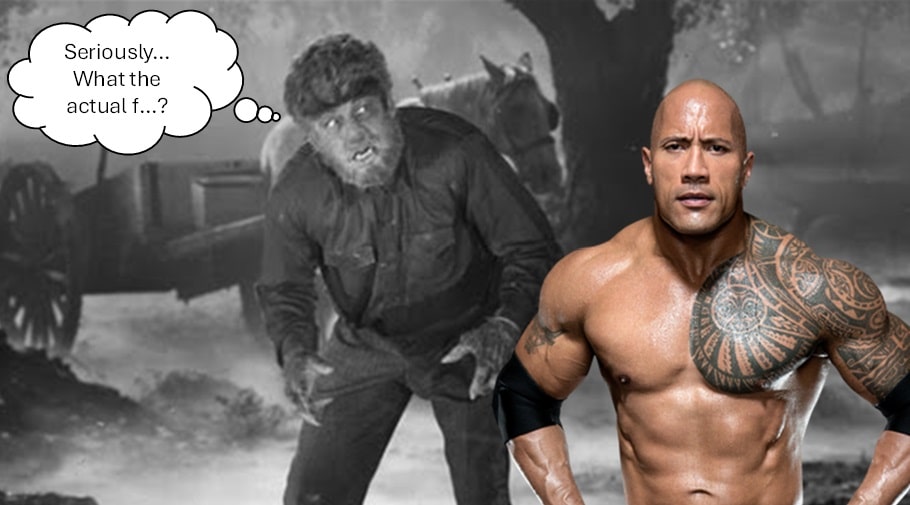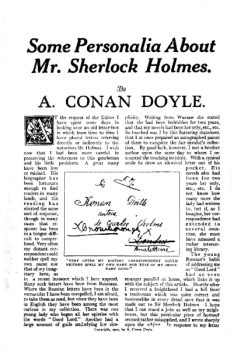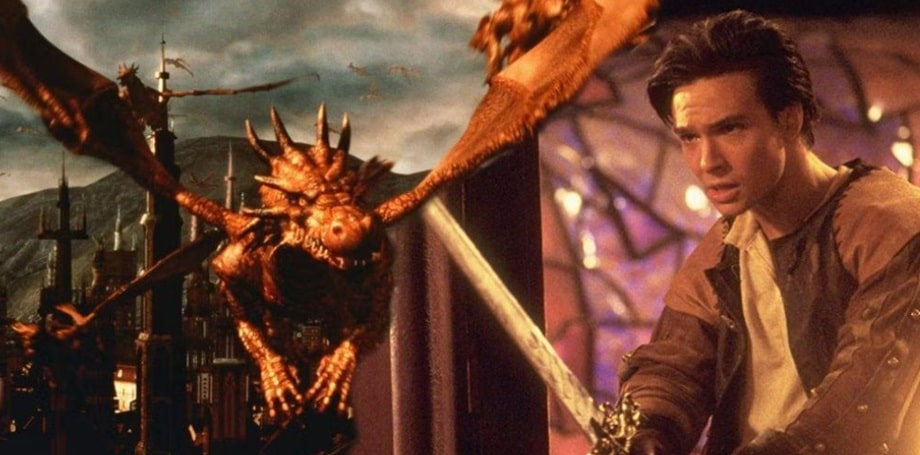Frankly Frankenstein
My guess is that even people who’ve never read the novel or seen the Boris Karloff version likely recognize that “Frankenstein” signifies a human-made scientific creation that bites back. (Though they probably do confuse which is the creator and which is the actual monster.)
Here in the 21st century, what Mary Shelley depicted way back at the start of the 19th is embedded in our cultural collective consciousness, even for those people who don’t pay attention to the culture unless it involves Taylor Swift, because of how often it actually occurs throughout history. Take your pick of technological disasters, the latest perhaps being AI.
Of course the reason why Shelley’s Frankenstein: or, The Modern Prometheus is a canonical work even before SF gained some legitimacy in academia is that this isn’t just a gothic horror story (though it is of course that).
